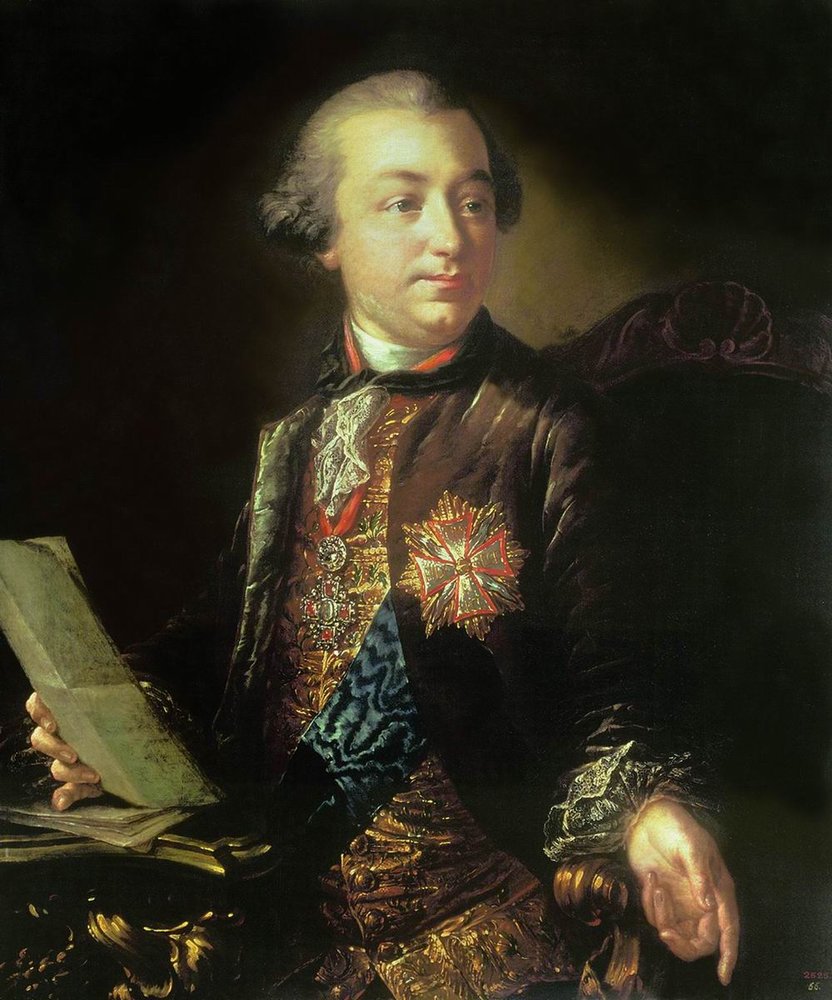|
Russian Imperial Academy Of Arts
The Imperial Academy of Arts, informally known as the Saint Petersburg Academy of Arts, was an art academy in Saint Petersburg, founded in 1757 by Ivan Shuvalov, the founder of the Imperial Moscow University, under the name ''Academy of the Three Noblest Arts''. Catherine the Great renamed it the Imperial Academy of Arts and commissioned a new building, completed 25 years later in 1789 by the Neva River. The academy promoted the neoclassical style and technique, and sent its promising students to European capitals for further study. Training at the academy was virtually required for artists to make successful careers. Formally abolished in 1918 after the Russian Revolution, the academy was renamed several times. It established free tuition; students from across the country competed fiercely for its few places annually. In 1947 the national institution was moved to Moscow, and much of its art collection was moved to the Hermitage. The building in Leningrad was devoted to the ... [...More Info...] [...Related Items...] OR: [Wikipedia] [Google] [Baidu] |
Ivan Shuvalov
Ivan Ivanovich Shuvalov (; 1 November 172726 November 1797) was called the ''Maecenas'' (patron) of the Russian Enlightenment, the first Russian Minister of Education and Active Privy Councillor (1773). Russia's first theatre, university, and academy of arts were instituted with his active participation. A favorite of Elizaveta Petrovna of Russia; friend of the scientist M.V. Lomonosov. Love affair with the Empress He was born in Moscow, the only son of Ivan Menshoi Shuvalov, an army captain who died when the boy was ten, and Tatiana Rodionovna. The Shuvalov family fortunes changed drastically in 1741, when Empress Elizabeth Petrovna ascended to the Russian throne with help from Ivan's powerful cousins Peter Shuvalov and Alexander Shuvalov. The following year, they had the fourteen-year-old Ivan attached to the imperial court as a page. In July 1749, when Ivan was visiting his brother-in-law Prince Galitzine at his country estate near Moscow, the Shuvalov brothers arr ... [...More Info...] [...Related Items...] OR: [Wikipedia] [Google] [Baidu] |
Neoclassicism
Neoclassicism, also spelled Neo-classicism, emerged as a Western cultural movement in the decorative arts, decorative and visual arts, literature, theatre, music, and architecture that drew inspiration from the art and culture of classical antiquity. Neoclassicism was born in Rome, largely due to the writings of Johann Joachim Winckelmann during the rediscovery of Pompeii and Herculaneum. Its popularity expanded throughout Europe as a generation of European art students finished their Grand Tour and returned from Italy to their home countries with newly rediscovered Greco-Roman ideals. The main Neoclassical movement coincided with the 18th-century Age of Enlightenment, and continued into the early 19th century, eventually competing with Romanticism. In architecture, the style endured throughout the 19th, 20th, and into the 21st century. European Neoclassicism in the visual arts began in opposition to the then-dominant Rococo style. Rococo architecture emphasizes grace, Ornament ... [...More Info...] [...Related Items...] OR: [Wikipedia] [Google] [Baidu] |

